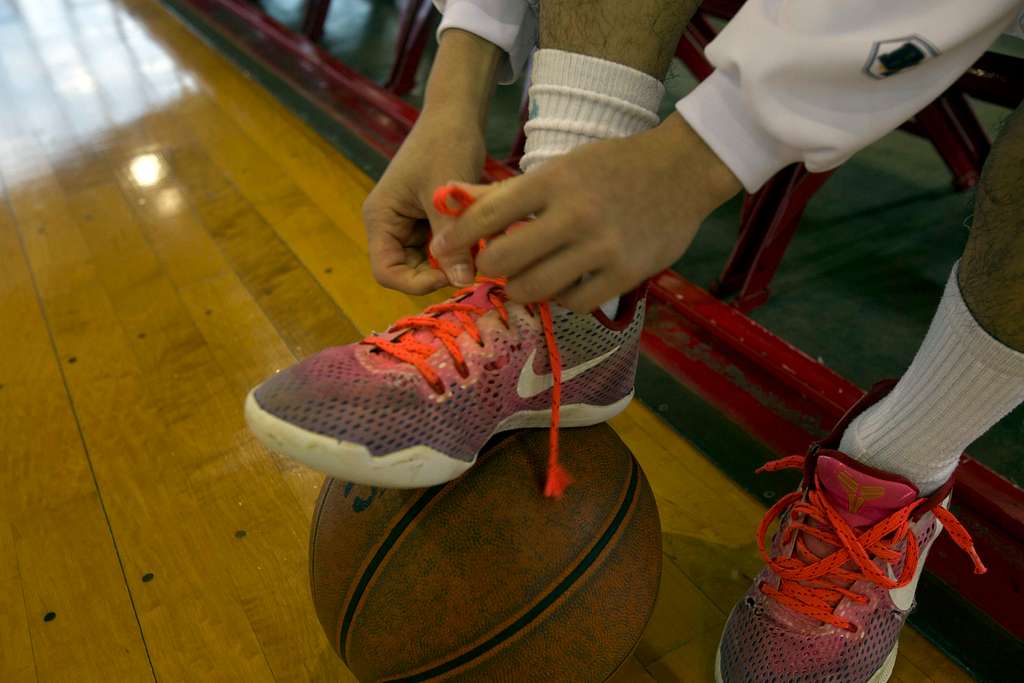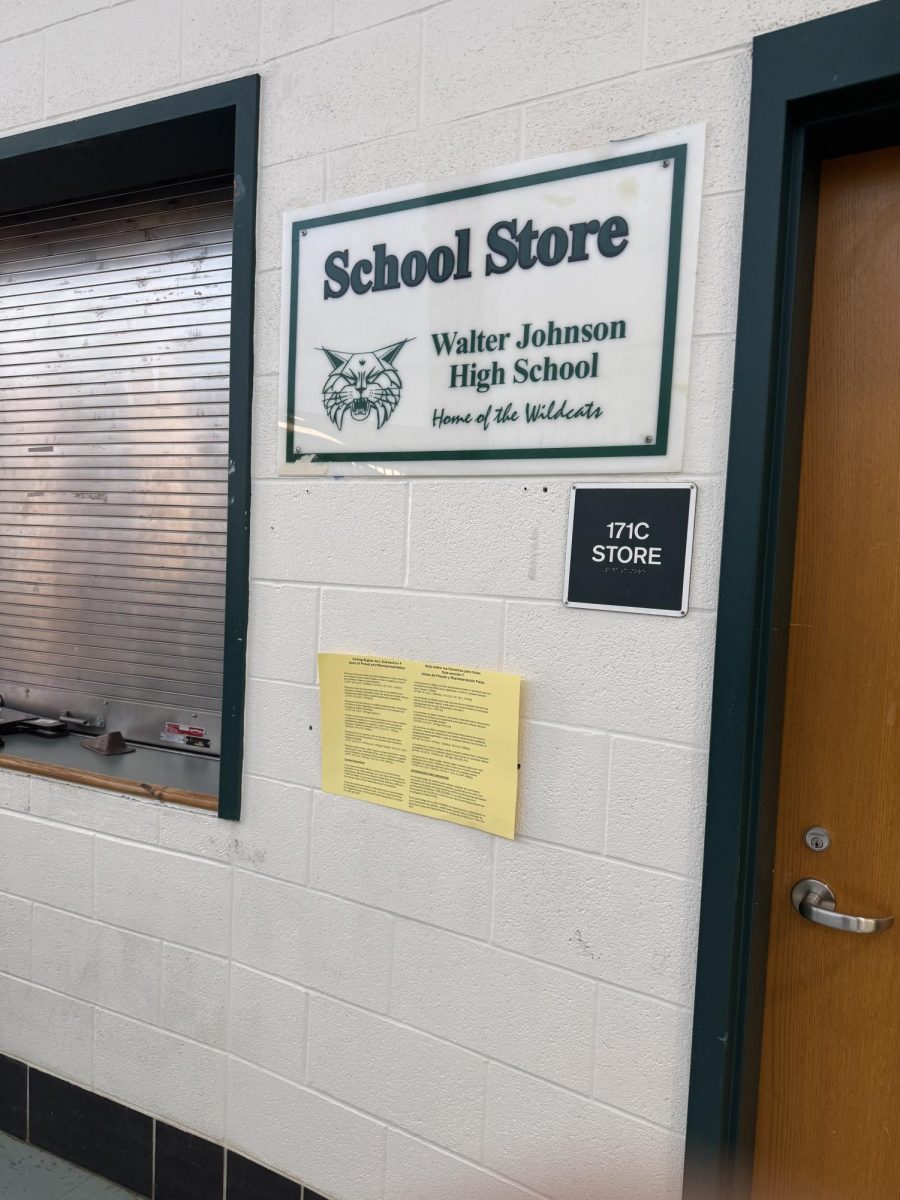After years of pointless and small-minded obstructionism by its opponents, the long-suffering Purple Line light rail project has started construction with a projected completion date of 2022. The Purple Line, a public-private partnership led by the Maryland Transit Administration and slated to connect the Bethesda and New Carrollton Metro stations, has faced years of delay and lawsuits from various environmental groups, on the spurious grounds that the Purple Line is environmentally damaging. Additionally, blocking the commencement of construction were a series of questionable judgements by U.S. District Judge Richard Leon, who, despite a favorable ruling for the Purple Line by an appeals court, has persisted in his efforts against the project.
Nonetheless, and with considerable difficulty and expense, the light-rail project has been awarded $900 million in federal transit funds and construction has commenced this month. The Purple Line, once completed, will ease access to a number of inner suburban areas across Montgomery and Prince George’s Counties. When the project is completed, it will place the greater Washington area near the forefront of public transport development in North America. Heretofore, most mass transit in the United States, and, for that matter, the rest of the western hemisphere, has been focused on the transport of passengers within and to a dense downtown core. There have been few attempts to link suburban areas via orbital links, an aim that the Purple Line will ably meet, at least in suburban Maryland.
The Purple Line will also give a boost to the economies of inner Montgomery and Prince George’s counties. Prince George’s County, in particular, will benefit from the well documented economic windfall of new rapid transit. Many of the areas that the project will pass through are economically struggling and an influx of new capital and residents would both improve those communities and fill the coffers of the county governments.
Contrary to the disingenuous arguments of those self-centered and short-sighted groups who oppose it, the Purple Line will do no harm but instead improve the environmental quality of the region. By pulling commuters from cars, which lead to traffic congestion and air pollution, to electrically powered rapid transit trains, the Purple Line is bound to be more beneficial to the environment than a few trees along the Capitol Crescent Trail. The Purple Line has, in fact, been given environmental approval from the federal government, further denying its opponents of credibility. It seems altogether more likely that the project’s opponents, mainly residents of the exclusive suburb of Chevy Chase, are more concerned with construction in their own backyard rather than their stated environmentalist rationale.
Despite this constant and continuous obstruction, the Purple Line is now under construction, and should, within a few years, be operational, connecting the inner Maryland suburbs, bringing with it a tide of development and tax revenue and placing the greater Washington region at the forefront of public transport expansion nationwide.








